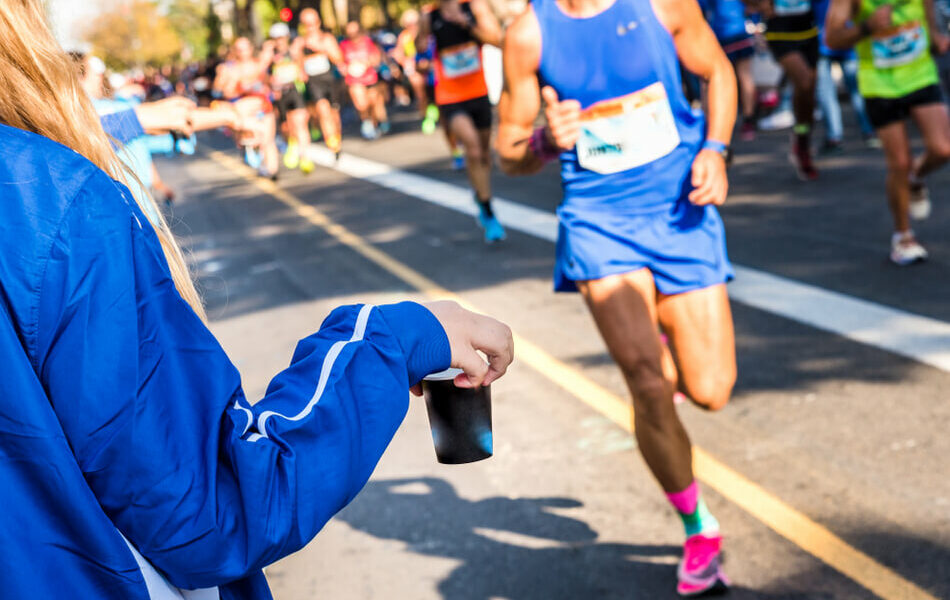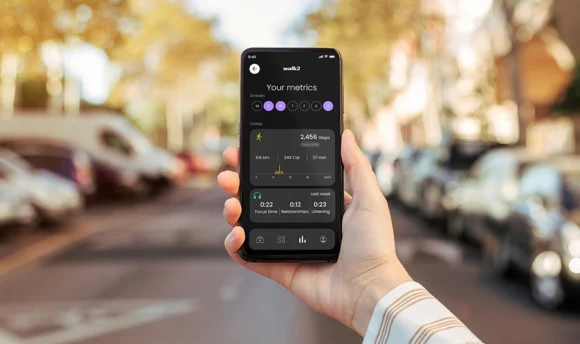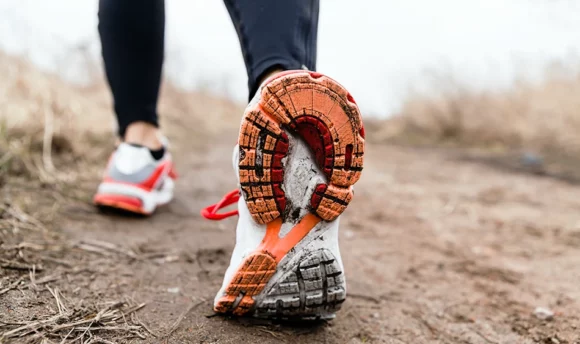Do I Need to Fuel During a Half-Marathon?
Your racing nutrition strategy can add or subtract your overall half-marathon performance. However, not many runners in their first half-marathon run know if they should fuel during a race.

So you’ve been training for months for your half-marathon distance, and now it’s time to hit the ground running. But how do you sustain that momentum till the end of the race?
Many runners tend to focus on nutrition during training runs and months before the race. As a result, some of them get confused about fueling during the race.
By the end of this article, you’ll know if you should fuel during the race and what food items to include in your fueling plan and pre-race meal.
Do I Need to Fuel While on a Half-Marathon Race?
If your target run time for a half-marathon race exceeds 60 minutes, you need to fuel while running. A general rule is to top up with 30–60 grams of carbohydrates (~130 to 240 calories) per hour. The exact amount depends on your pace, muscle mass, and weight. The sweet spot is taking just enough to finish the race at the fastest time possible.
As you run and use up energy and sweat, your body would need to refuel your glycogen stores and maintain the momentum required to reach the finish line. Not fueling during your race leaves you open to muscle fatigue, dehydration, and glycogen depletion.
Although elite runners have a compact physique and low body fat levels that aid their success, a good mid-race fueling strategy can further improve performance. Consuming carbohydrates and electrolytes stimulate your central nervous system to push your performance further.
What Should I Eat Before a Half-Marathon?
Before long runs, you should load up on a protein and carbohydrate-rich meal. The process is called carb loading and is a strategy runners use to store the fuel for race day.
2–3 hours before starting, runners should eat a complete breakfast that includes a carbohydrate-rich meal with some protein and little fat. Below is a list of what to include in your breakfast.
Carbohydrate-rich foods
Carbohydrate is your primary source of running fuel. A breakfast rich in carbohydrates will ensure you have enough energy to start your race. Carbohydrate-rich meals are sweet potato bowls, cereal with milk, and toast with peanut butter, bananas, and honey.
Food with proteins
Proteins help you repair muscles and gain muscle mass and strength while running. The type of proteins you should consume must be sources that are low in cholesterol and fat. Healthy protein sources include lean and uncured meat, low-fat milk, eggs, beans, and fish.
Little fat
Fat offers a backup energy store when depletion of muscle glycogen stores occurs. However, fat takes longer to digest, and you may cause digestive distress if over-consumed. Some sources with little cholesterol to include in your pre-race diet are cold-water fish, nuts, and oils.
What to Eat During a Half-Marathon?
On race day, runners use up their glycogen store and sweat out the water they drank before the race. Instead, you should aim to stay hydrated with electrolytes, water, and fuel during a half-marathon with energy sources.
Sports drink
An energy drink or sports drink is crucial for enhancing race day endurance, even for elite runners. Sports drinks check all the relevant boxes for a half-marathon fueling: electrolytes, simple carbs, and hydration.
These sports drinks are high in sugar content and electrolytes. If taking sugar isn’t for you, you should try other fueling sources.
Gels, gummies, and chews
These are concentrated carbohydrate sources. They contain simple sugars and caffeine to boost energy and wake your body up.
The downside is that gels, gummies, and chews do not hydrate your body. You’ll have to drink water while consuming these to hydrate, aid digestion, and prevent upset stomach issues.
Some runners do not easily tolerate gels, and the stomach upset or gastric distress could slow down your run rather than boost it.
What Are Energy Gels?
Energy gels are carbohydrate-rich gels made to deliver and replenish your energy for high-intensity exercise like a half-marathon. They contain a blend of simple sugars like fructose and maltodextrin and are only available for adult consumption.
Most carbohydrate gels do not contain fat, protein, or fiber. That way, your system digests the gel faster than if the gel had those things. They’re also convenient to consume as most gels come in a 1–1.5 ounce packet.
Aside from simple sugars, some gels contain caffeine to open up the blood vessels and electrolytes to replace lost minerals. Some also come in fruit flavors like the antioxidant-rich berries that help dispose of waste products from the muscles.
A packet of energy gel contains about 25 grams of simple sugar carbohydrate and can add an extra 45 minutes of fuel to your run. You should only take one pack at a time, as taking more than one might cause an upset stomach.
When to Take Energy Gels During a Half-Marathon?
Half-marathon runners who run for about 1h 30min should take one energy gel around the 45-minute mark. 1h 45min runners should take theirs around the same 45-minute mark and another at 75 minutes.
And at 2 hours and above, runners should take their first energy gel at the 40-minute mark and another every 30 minutes. You should, however, not exceed 2 per hour.
Follow it up with water, not an energy drink, because you might consume too much sugar. Also, water helps the gel digest faster than an energy drink.
It’s essential to practice your half-marathon fueling strategy during training runs and let your stomach get accustomed to the consumption and digestion rate. That way, nothing new comes up on the main day.
How Often Should I Drink Water During a Marathon?
Half-marathon distance runners would benefit from taking a drink every 20 minutes or at every aid station. Using water stations as your mark helps you remember to stay hydrated, especially if you easily get distracted by racing euphoria.
It’s always best to slow down and walk through the water stations to prevent yourself from choking or the water from going down the wrong pipe. However, if you’ve mastered a way to drink water while maintaining your running speed, carry on.
Also, not all racing situations are the same. For example, there’ll be increasing sweat losses in hotter temperatures, which calls for more hydration.
If you drink too little, you might suffer from dehydration. And if you drink too much, research says you might put yourself at risk of exercise-associated hyponatremia.
A Word From Our Coach
Don’t try anything new on race day. Beginner runners often make the mistake of trying a new meal or carbohydrate supplementation only to realize that their stomach doesn’t agree with those foods. This stunts your running performance and slows you down.
If you know your stomach tends to protest the gels, try taking them in quarters every 15 minutes rather than all at once. Also, avoid foods rich in fiber, such as whole grains.
Not everyone responds well to fiber, especially when followed by exercise. So you might find yourself running for the toilet instead of the finish line and a win.
When choosing your meal plan, ensure you consider your body weight and how far along you’re eating before the run. Eat no less than one hour and no more than 4 hours before your race.
The farther your race is, the more carbs you should eat. The closer it is to the start line, the smaller you should eat.
Finally, half-marathon fueling and hydration go beyond what you eat and drink during the race. You’ll feel better when you hydrate and fuel before, during, and after the run, instead of focusing on the run itself.
Conclusion
Runners should pay attention to their racing fueling strategy the same way they plan for pre-race nutrition. Once your exercise intensity is higher, you need to start thinking of mid-race fueling options.
Consider taking carbohydrate drinks, carbohydrate-rich gels, or the all-important water. With these, work out a fueling strategy during your training to ward off glycogen depletion and push yourself to the finish line.

















































 Select your language:
Select your language: 








